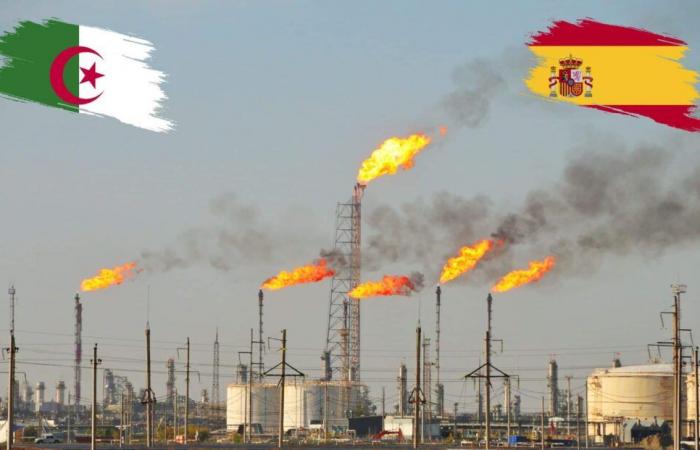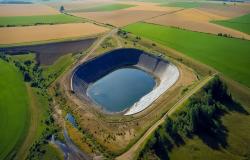Fossil fuel prices experience different trajectories. Those of gas have been increasing for several weeks, while those of oil are falling. These energies are impacted by different parameters. Demand for oil is falling, while that for gas is increasing due to the approach of winter.
So, if oil prices stagnate in a low range due to concerns about demand, gas prices soar. Indeed, the gas market is affected by concerns linked to the approach of the expiry of the gas transit agreement between Russia and Ukraine, scheduled for the end of the year. These concerns are all the more exaggerated by the fact that no new agreement is in sight between the two countries at war.
Reference prices for natural gas in Europe have therefore soared. They reached their highest level since November 2023. It must be said that concerns about Russian deliveries are combined with the return of cold weather in Europe. Indeed, this winter weather has a considerable impact on the storage level.
Dutch natural gas futures TTF, the benchmark for gas trading in Europe, recorded a clear increase. They settled on Thursday, November 14 at 45.40 euros ($47.83) per megawatt hour (MWh).
Gas stocks are depleting faster than last year
Traders cited by the specialist site Platts believe that “the possibility of a halt to Russian supplies in the coming months worries traders”. It is in this context that the German Ministry of Economy has asked LNG terminal operator Deutsche Energy Terminal (DET) to reject any Russian LNG cargo that attempts to be delivered. This position of one of Europe's largest economies favors the feeling of tightening supply, while demand increases with the arrival of winter, which has sent prices soaring.
Furthermore, the specialist site Platts reveals that gas stocks are running out more quickly than last year. “It seems […] that the storage situation may soon cease to be comfortable, as stocks are being depleted at a much higher rate than last year and key markets like the Netherlands already have shrinking stocks, filled to around 80 %”, indicates an analyst questioned by this site.
European gas stocks were 92.58% full, according to the latest data from Aggregated Gas Storage as of November 12, compared to 99.37% a year ago. The withdrawal rate has averaged 0.039% since the start of winter, which contrasts with the 0.09% injection rate recorded during the same period last year. In detail, these stocks fell by 2.16% between November 5 and 12, while during the same period of 2023, they fell by only 0.13%.






